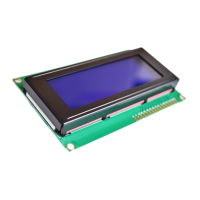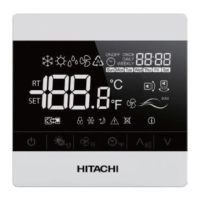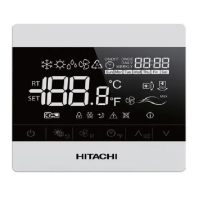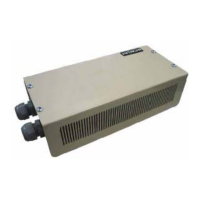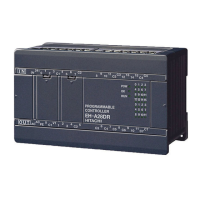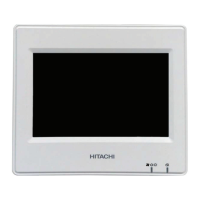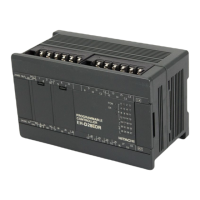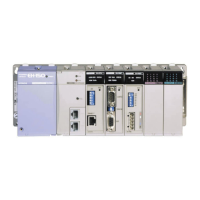7
2-1-2 Features of Link Structure
When using the link structure for a large-capacity model,
・ the shock to the mounting board given by the operation of the contactor becomes small;
・ compactness and light weight can be realized;
・ contact bounce produced when closing can be decreased.
(1) What is the link structure?
The link structure is shown in Fig. 5 , and is described below.
・ A link connection is made so that the contact part is able to operate horizontally by keeping the working direction
of electromagnet in parallel with the mounting board surface. (Thereby, reducing the shock to the mounting board).
・ Compactness and reduction in weight is achieved by placing the electromagnet just under the contact.
As a result of adopting such a structure, contact bounce produced when closing is decreased, thus markedly im-
proving the performance of large-capacity models.
Fig. 5 Link structure
(2) Shock of link structure products to mounting board
Shocks in the case of horizontal plunger type (the contact and the moving core move horizontally in the same
direction) of small- and medium-capacity models and in the case of link structure of large-capacity models are as
shown in Fig. 7. It can be seen from the graph that the shock even in the case of large-capacity models is less than
6 times that of H20.
Fig. 7 Ratio of shock
Fig. 6 Measurement of shock (assuming that the shock of H20 is 1)
applied to board by operation of contactor
